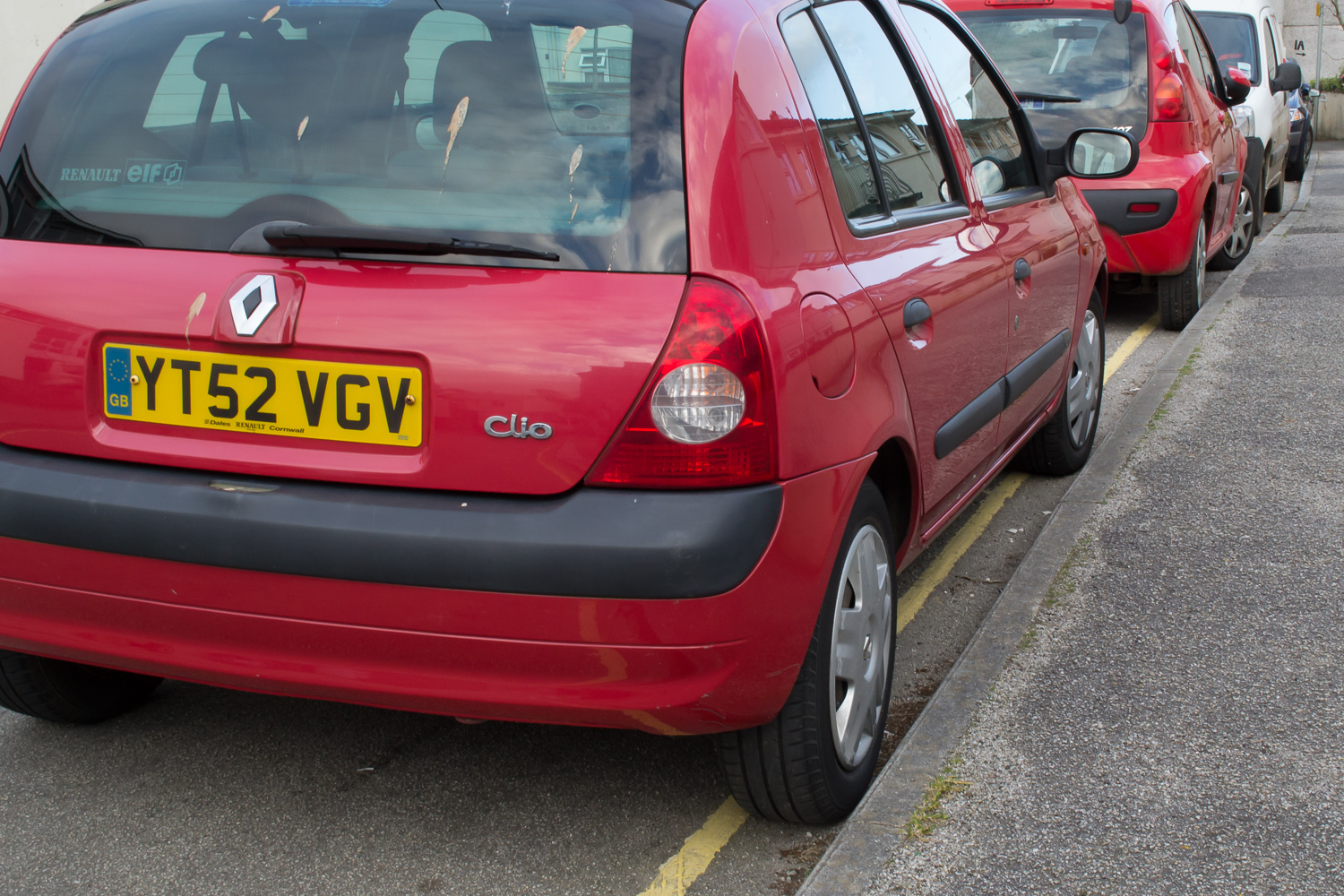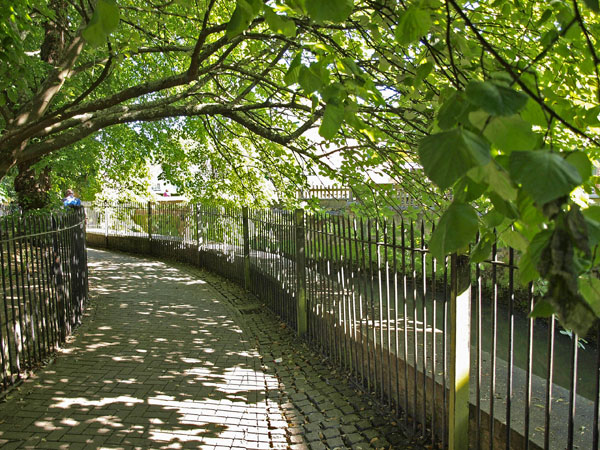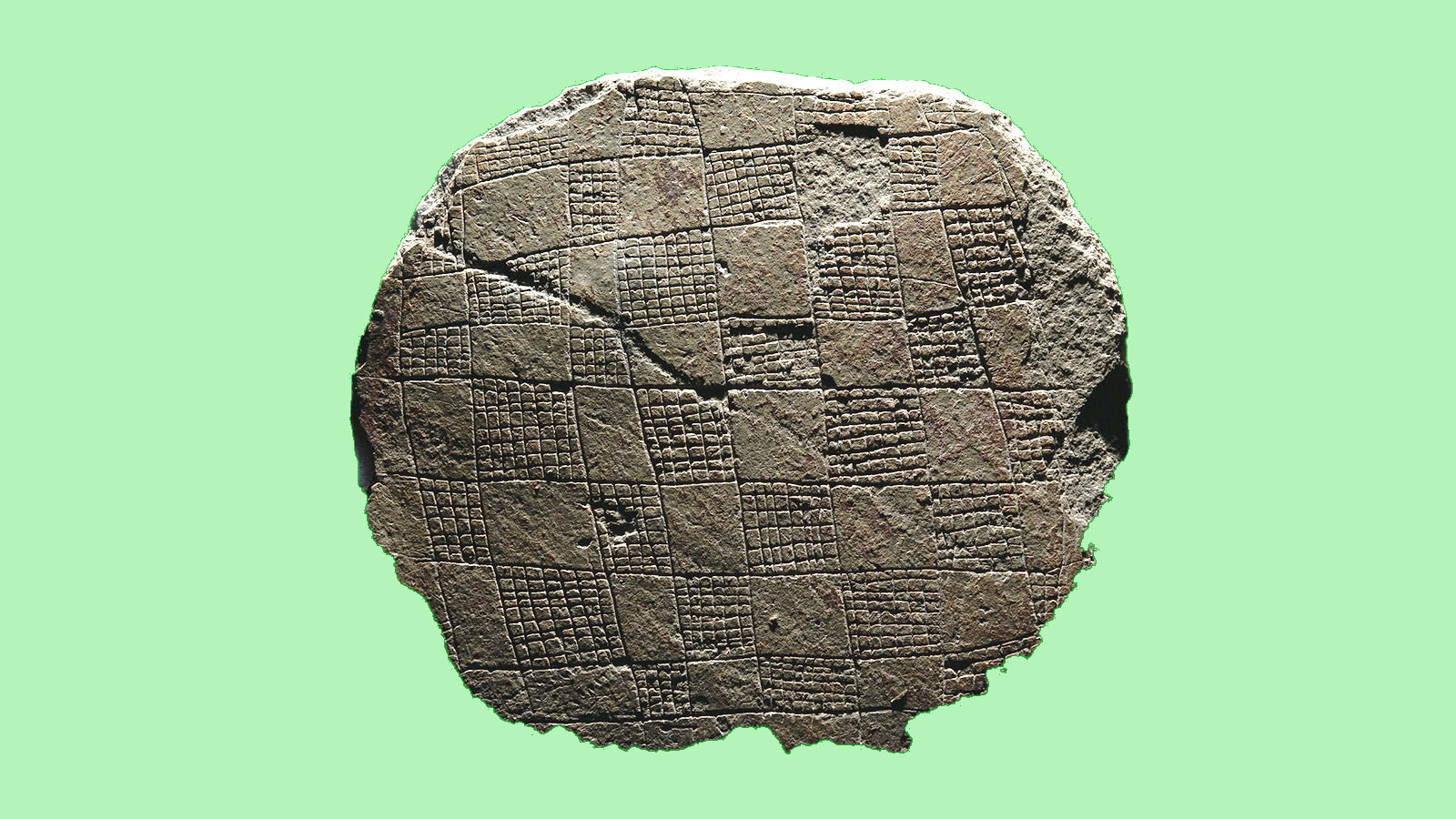Lower Standards up Highertown!
What’s in a name – Taylor Wimpey dunnaw! Do they care?
Outrage is smouldering at the sudden appearance of hoardings in Highertown proclaiming the arrival of ‘Woodleigh Grange’ – Taylor Wimpey’s ‘brand’ name for its development at Penweathers (Richard Lander) School. Together with community frustration at the loss of amenities, recreation opportunities and the use by Cornwall Council of its land for 100% council housing, the insensitive imposition of a suburban home counties name has lit a flame under an already heated pot –
The saga of what will be done with the site of the former Penweathers (Richard Lander) School is resolved. Originally compulsorily purchased from the Trethowan family, the 55 acres has been sold by Cornwall Council to Taylor Wimpey. The surrounding community is hoping that at least some of the land will be allowed to provide the respite of open recreational space. Many view the destruction of the quite recently built sports hall as a loss of a much-needed potential community asset, whilst all those who enjoyed their education at the School survey the consumption of playing fields, pitches, courts and open space as a painful loss for future generations.
Taylor Wimpey’s somewhat jingoistic red, white and blue hoardings now dominate the view and thoughts turn to the day when the distinctive tower block disappears. For many the parallel appearance in the 1960s of the tower at Penweathers and the similar structure at Treliske represented a moment of futuristic optimism. For a generation torn to emotional shreds by a sustained war effort, by rationing, loss, poverty and uncertainty, by comparing the wealth of American forces (camped in the lee of hedges) mustering for D-Day with their own, the upward thrust of twin symbols of education and health made us ready, indeed, willing to forsake the familiar, to be excited by steel and glass, to see bright colours in buildings, to accept plate glass walls and new technologies providing heat and sanitation – for many in the 1960s the flush toilet was a novelty and ‘central heating’ an aspiration to work towards in retirement!
The sale by Cornwall Council for profit of sequestered land will be unlikely to produce the sort of change that its original virtual seizure from the Trethowans did. The artificially fashioned formula of two ‘market’ houses for one ‘social’ dwelling does not feel much like progress, or even compensation. For many more radically minded people, this sale feels like the systematic dismemberment of the public realm which Cornwall has evolved over the past sixty years – one thoughtful person said to me the other day: ‘It feels as if the Council and the community are in a duel, walking with pistols primed, away from each other – I dread the moment the Second’s count ends and they turn!’
With the sale signed and sealed – although with a substantial sum to be paid on completion of the development – Taylor Wimpey – which has a key interest (we must assume!) in working with the community and attracting people to purchase their ‘products’ (what we used to call houses before the days when houses became mass-produced consumer goods) – seems to have misjudged the reasons why people want to live in Cornwall. All the survey data shows that Cornwall is widely perceived as being different – its strong community life, its cultural creativity and resonance, its distinctive environment (founded in the geological upheavals of the early days of Planet Earth) and, most of all, the difference in cultural identity. This latter element, the cultural identity of Cornwall, is most markedly and widely seen and heard in the place-names which derive from the Cornish language.
Kernewek is a cultural triumph – it has, in the course of one of the most troubled centuries in recorded European history, been revived from almost-death. The seal was set on its revival, and the energy shifted from resuscitation to development, by the recognition of Kernewek by the UK Government under the auspices of the Council of Europe Charter for Regional and Minority Languages in 2003 (100 years after Henry Jenner, first Grand Bard of Gorsedh Kernow, wrote to the Home Secretary asking for recognition of Kernewek in 1904). This recognition is perhaps now the most widely known cultural fact about Cornwall embedded in the consciousness of the British Isles, and embedded in the UK Government budget, as it supports the development of the language in partnership with Cornwall Council through the Cornish Language Partnership. It is as much of a symbol of optimism as was the tower blocks at Penweathers and Treliske all those years ago.
How crass then for Taylor Wimpey to march in to a region that has a strong consciousness of its nationhood, graphically expressed by the prevalence of the St Piran’s banner throughout the landscape, tenaciously and creatively professed by the young in the Glastonbury flag parade, flown at the top of Everest and at both Poles, celebrated by Kernow King and flown by the Queen on her Royal Jubilee barge – how crass that, with its red, white and blue corporate branding, Taylor Wimpey determines to generically brand its development as ‘Woodleigh Grange’.
Lingustically, ‘woodleigh grange’ is a hotch-potch of elements – Leigh is Old English; Grange is French; Wood derives from Middle English – no element finds its root in Celto-British, which is unlike most Cornish place names, which find their derivation in the Brythonic Kernewek, one of the Celtic languages which emerged from the impact of early invasions, forcing the Celtic peoples to the fringes of Britain (and beyond, to Britanny) and fragmenting British.
Most importantly, ‘woodleigh grange’ presents a very aggressive assertion which many people are remarking feels offensive. Not so long ago we had a small battle with another developer to encourage it to use Kernewek in a grammatically correct way – ‘Lowen Bre’ should be ‘Bre Lowen’ – but, at least the recognition of the importance of Kernewek was there, and the sales figures for the development seem to bear this out.
What is most surprising, almost an act of cultural betrayal if it wasn’t the case that the people handling the land sale simply have no idea about such cultural nuances (the fact that three flags fly outside Lys Kernow is lost on them), is that the Council is charged by the Government with leading the development of Kernewek, and yet does not use its influence to ensure that its own transactions contribute to that development.
There is a growing sense of annoyance and frustration about the aggressive posture of such a mis-judged place-name. This is partly due to it being felt to be a final straw in a sorry saga of deprivation as Penweathers (Richard Lander) School, erected in a blaze of post-war optimism, is swept away and moved out of the parish of Truro, and the symbolic tower block, erected on sequestered farm land, is removed ignominiously from the town-scape, along with playing fields and useful buildings. We get, in return, an alien brand which fails entirely to contribute to Cornwall’s distinctiveness, whilst, naturally, trading hard upon it as a key sales point, all pushed in front of our faces and sensibilities with the adrenalin-surge of a visiting football crowd exuberant at an away goal!
Inevitably, letters are being written to senior members of the Taylor Wimpey Board, senior officers at Cornwall Council have dropped it into ongoing contacts between purchaser and vendor, planners are sucking their digital pencils, but…..the real hurt, the damage is being done to those who choose to remain quiet, who pass by and look and struggle with a sense of invasion, of loss, of repulse, who turn away in disgust at yet more failure to understand, to feel, to empathise, who turn away from their natural instinct to contribute, to be part of communal life, who shrivel within as hoardings obscure the familiar and render violence to our inheritance, who die feeling they have passed on a lesser place to their descendants.
At the very least, Taylor Wimpey should, in decency if nothing else, accept they have made a stupid and insensitive mistake, and change the name from ‘woodleigh grange’ to Goon Dhenmarow – or perhaps, recognising that tongues and letters always chase each other through history in abbreviating shortcuts, ‘Goonmarow’ or ‘Goon Denmarow’ – anything really, as long as it doesn’t involve imposing Old English, Middle English and French elements in a hotch-potch of suburban sales-speke that relates neither to place, topography or function, breeding deep-seated resentment and discomfort – not every discrimination is a clenched fist.
Taylor Wimpey’s address is:
Pete Redfern
Group Chief Executive, Taylor Wimpey
Gate House
Turnpike Road
High Wycombe
Buckinghamshire HP12 3NR







